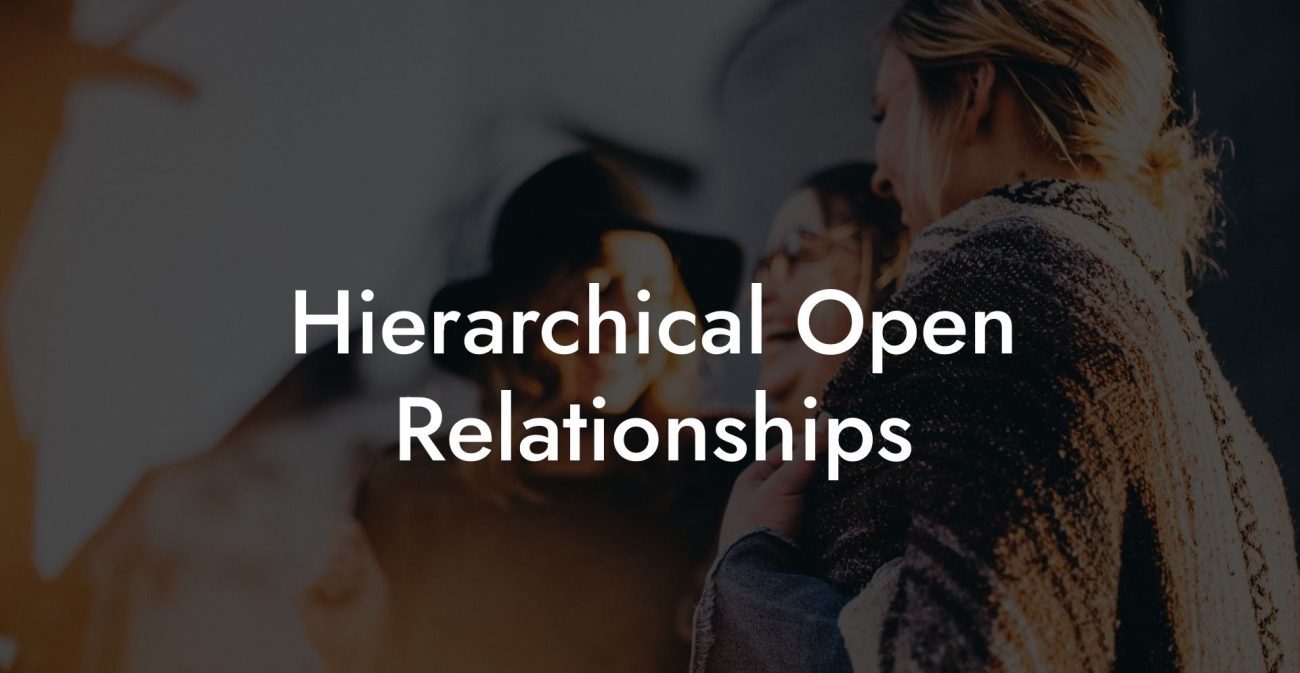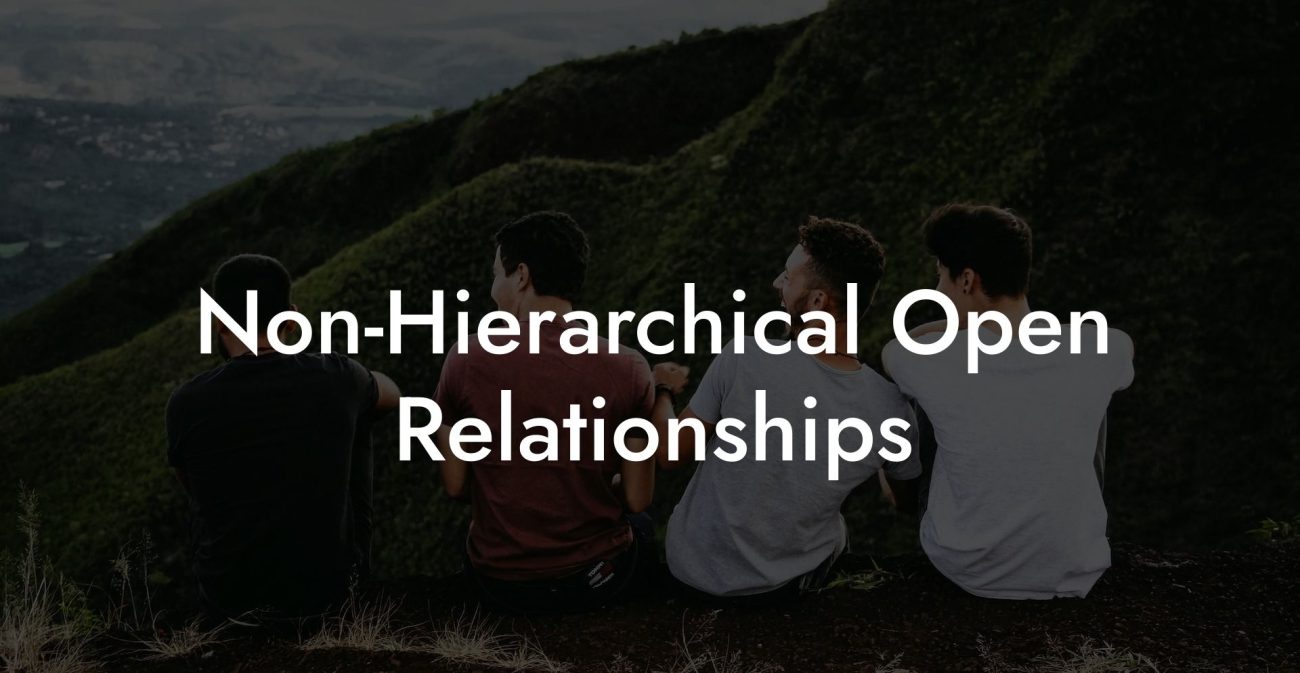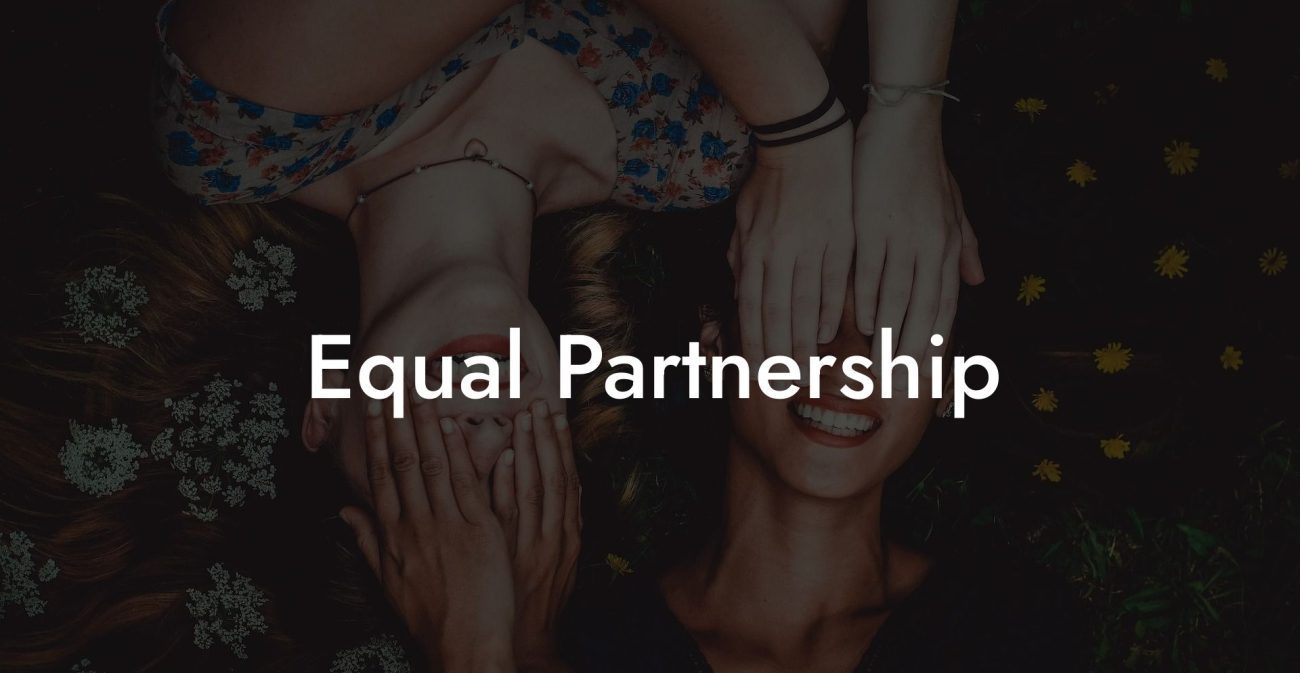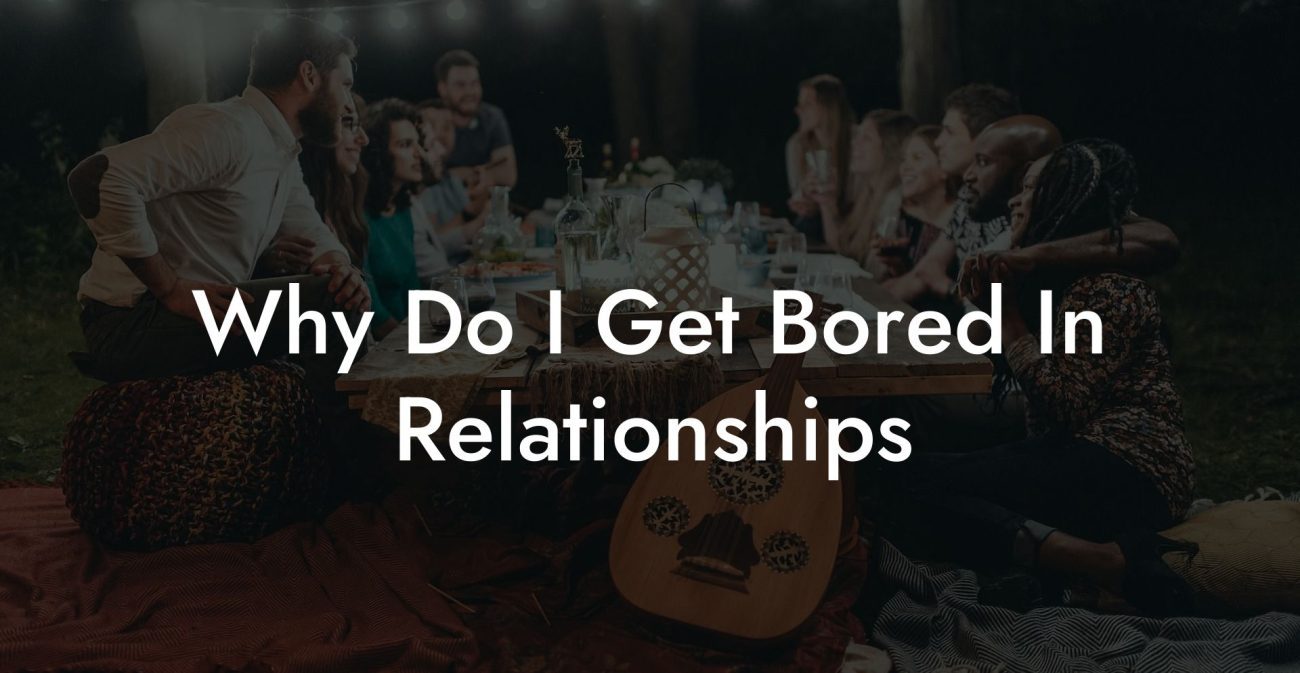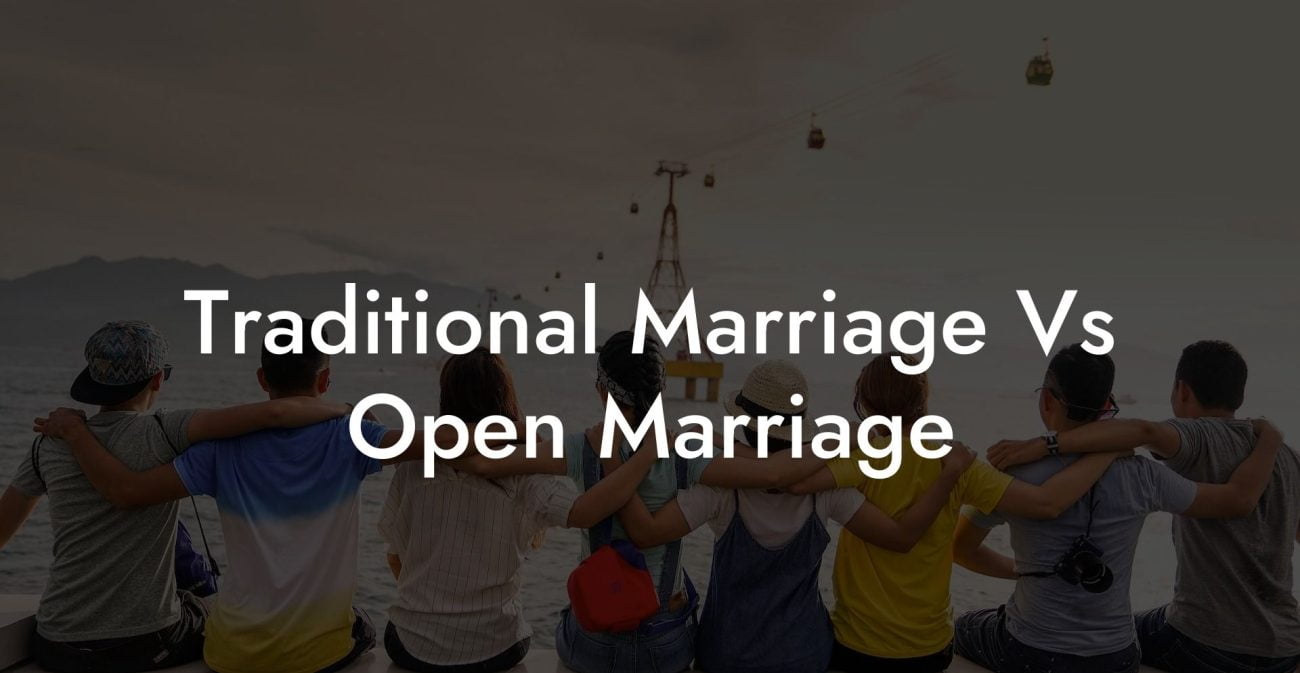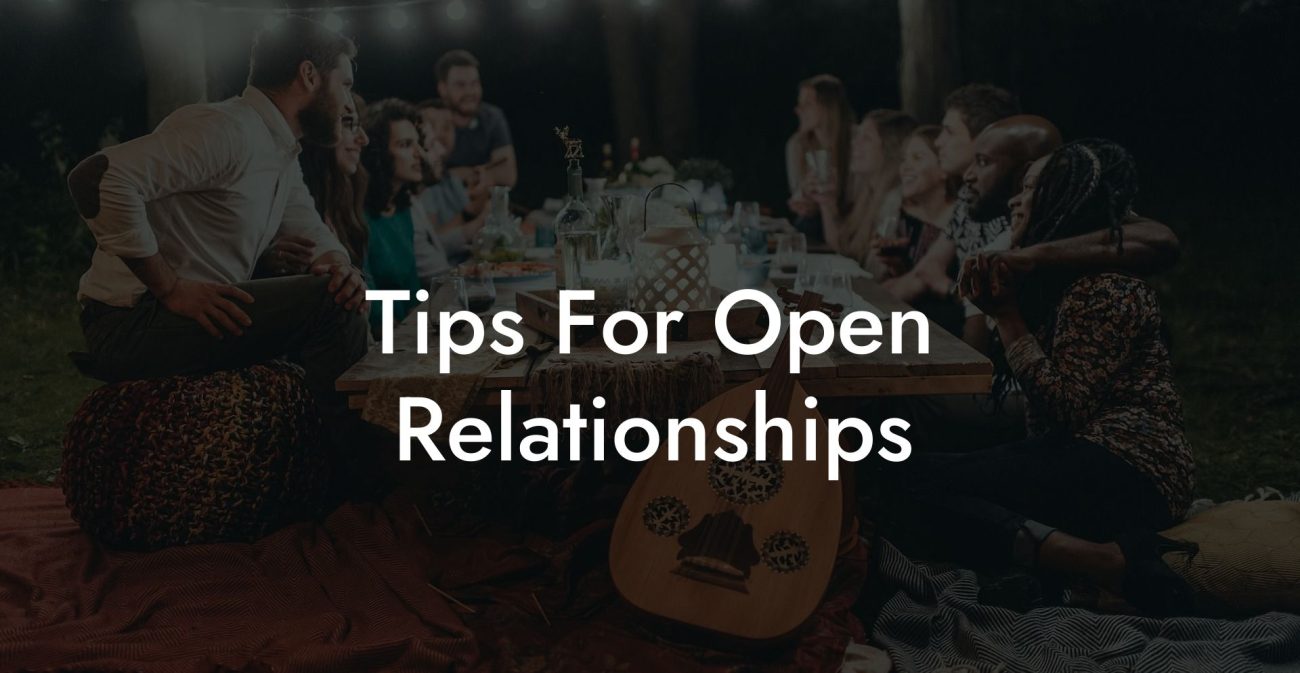What Is It Like To Be In A Polyamorous Relationship?

In a world where relationships come in many forms, polyamory has emerged as a dynamic and often misunderstood model of consensual non-monogamy. Whether you’re curious about the emotional landscape, the practical day-to-day experience, or the unique challenges and rewards, this guide provides an in-depth look at the multifaceted life of those who practice polyamory. By exploring personal growth, communication, intimacy, and community, you’ll gain insight into what it really means to be in a polyamorous relationship.
Quick Links to Useful Sections
- Introduction: The Polyamorous Experience
- Emotional Dynamics in Polyamorous Relationships
- Embracing Emotional Complexity
- Managing Jealousy and Insecurity
- Communication: The Lifeblood of Polyamorous Relationships
- Building Transparent Dialogue
- Navigating Difficult Conversations
- Intimacy and Connection in Polyamorous Relationships
- Varied Forms of Intimacy
- Maintaining a Balanced Relationship Network
- Social and Cultural Dimensions of Polyamory
- Community and Social Support
- Dealing with Social Stigma
- Practical Tips for Thriving in a Polyamorous Relationship
- Enhance Your Communication Skills
- Set and Revisit Boundaries
- Prioritize Self-Care
- Build a Support Network
- Frequently Asked Questions (FAQ)
Introduction: The Polyamorous Experience
Polyamory challenges the traditional notion that love is scarce and must be shared between two people. Instead, it embraces the idea that multiple meaningful, consensual, and ethical relationships can coexist. But what is it really like to live this way? Many polyamorous individuals describe their experience as a rich tapestry of emotional connections, personal growth, and the ongoing work of balancing diverse relationships. This guide aims to illuminate the reality behind polyamorous relationships by discussing emotional dynamics, communication, and lifestyle factors.
Emotional Dynamics in Polyamorous Relationships
Embracing Emotional Complexity
One of the most celebrated aspects of polyamory is the opportunity to form deep, varied emotional bonds. Unlike monogamy, where all emotional energy is focused on one partner, polyamory allows you to experience different types of intimacy and support from multiple partners. Many describe this as having a “rich emotional tapestry” where each relationship contributes uniquely to their sense of self.
However, with this diversity comes complexity. The need to manage multiple emotional connections can be both exhilarating and challenging. It requires a high degree of self-awareness, honesty, and the willingness to explore your own feelings in depth. Embracing this complexity is often seen as a journey of personal growth, where understanding your emotions becomes a key part of your relationship experience.
Managing Jealousy and Insecurity
Jealousy is a natural emotion that can arise in any relationship, but in polyamorous settings, it can be more pronounced due to the presence of multiple partners. Many polyamorous individuals work actively on strategies to address jealousy constructively. This might involve open discussions about insecurities, establishing clear boundaries, and learning to practice compersion, the ability to feel joy when your partner is happy with someone else.
Effective management of jealousy involves:
- Self-Reflection: Understanding the root of your feelings and communicating them openly.
- Active Listening: Ensuring that all partners have the opportunity to express their emotions without judgment.
- Professional Guidance: Seeking therapy or counseling can provide tools for managing difficult emotions.
Communication: The Lifeblood of Polyamorous Relationships
Building Transparent Dialogue
Open and honest communication is essential in polyamorous relationships. With multiple partners involved, establishing clear channels of communication helps prevent misunderstandings and fosters trust. Many polyamorous communities emphasize the importance of regular check-ins and clear disclosure of feelings, expectations, and boundaries.
Effective communication tips include:
- Regular Check-Ins: Schedule dedicated times to discuss the state of each relationship, either individually or in group settings.
- “I” Statements: Use “I” statements to share your feelings, which can help reduce defensiveness.
- Active Listening: Practice listening fully to your partners and reflect back what you hear to ensure understanding.
- Digital Tools: Utilize shared calendars, messaging apps, or video calls to keep everyone in the loop about plans and expectations.
Navigating Difficult Conversations
Not every conversation will be easy. Conflict is natural when multiple emotional needs are in play. When disagreements arise, approach them as opportunities for growth. Use conflict resolution strategies such as empathy, negotiation, and, if necessary, professional mediation to maintain a healthy dialogue.
Intimacy and Connection in Polyamorous Relationships
Varied Forms of Intimacy
In polyamorous relationships, intimacy can take many forms, emotional, physical, intellectual, and even spiritual. Many find that different partners provide different kinds of fulfillment. For instance, one partner might be a source of deep emotional comfort while another offers intellectual stimulation or creative inspiration.
This diversity can enhance your overall quality of life, offering multiple avenues for support and connection. However, it also requires you to be clear about what you need from each relationship and to communicate these needs effectively.
Maintaining a Balanced Relationship Network
One of the key challenges in polyamory is balancing the time, energy, and emotional resources among multiple partners. It’s important to be intentional about how you allocate your attention and to ensure that no single relationship is inadvertently neglected.
Strategies include:
- Prioritization: Identify the unique role of each relationship and allocate time accordingly.
- Scheduling: Use a shared calendar to plan quality time with each partner.
- Flexibility: Be willing to adjust your schedule as needs evolve and as relationships grow or change over time.
Social and Cultural Dimensions of Polyamory
Community and Social Support
One of the enriching aspects of polyamory is the opportunity to be part of a community that understands and supports non-traditional relationship models. Many polyamorous individuals find strength and inspiration by connecting with others who share their values through online communities, local meet-ups, and social events.
Engaging with a supportive community can help you:
- Share experiences and strategies for managing complex relationships.
- Gain new perspectives on challenges such as jealousy or communication breakdowns.
- Celebrate successes and milestones with like-minded individuals.
Dealing with Social Stigma
Despite growing acceptance, polyamory may still be met with misunderstanding or prejudice from those who adhere to traditional monogamous norms. It is important to develop resilience and a strong sense of self-worth to navigate external criticism.
Advice: Educate others when possible, but also seek support from communities where your relationship choices are understood and respected.
Practical Tips for Thriving in a Polyamorous Relationship
Enhance Your Communication Skills
Effective communication is essential. Practice open dialogue, active listening, and regular check-ins with all partners.
- Use digital tools to coordinate schedules and share updates.
- Develop a routine for discussing feelings and adjusting boundaries as needed.
Set and Revisit Boundaries
Clearly defined boundaries are crucial for maintaining balance. Ensure that you discuss and document your limits and expectations, and be open to revisiting them as relationships evolve.
- Create a shared document outlining your agreements.
- Regularly review and update these boundaries with your partners.
Prioritize Self-Care
Maintaining your well-being is fundamental. Engage in activities that promote your physical, mental, and emotional health.
- Exercise regularly and practice mindfulness or meditation.
- Pursue hobbies and interests that foster personal growth.
- Consider individual therapy or counseling to support your self-care journey.
Build a Support Network
Connect with communities and individuals who share your values on polyamory. This can provide valuable emotional support and practical advice.
- Join online forums such as r/polyamory.
- Attend local meet-ups and workshops focused on ethical non-monogamy.
Frequently Asked Questions (FAQ)
1. What is it like to be in a polyamorous relationship?
Being in a polyamorous relationship can be incredibly enriching, offering diverse emotional support and a broader network of intimacy. However, it also requires managing complex emotions, clear communication, and a commitment to balance among multiple partners.
2. How do polyamorous relationships differ from monogamous ones?
Unlike monogamous relationships, which focus on an exclusive bond between two people, polyamorous relationships involve multiple consensual connections that each contribute uniquely to your emotional and practical support system.
3. What are the benefits of polyamory?
Benefits include having a diverse support network, opportunities for personal growth, flexible relationship dynamics, and a richer variety of intimate experiences.
4. What challenges might I face in a polyamorous relationship?
Challenges include managing jealousy, balancing time and energy among multiple partners, ensuring clear communication, and navigating societal stigma or legal limitations.
5. How can I improve communication in my polyamorous relationships?
Effective strategies include regular check-ins, using active listening techniques, employing “I” statements to express feelings, and utilizing digital tools to coordinate schedules and share updates.
6. Where can I find additional resources on polyamory?
Additional resources include books like "The Ethical Slut" by Dossie Easton & Janet Hardy and "More Than Two" by Franklin Veaux & Eve Rickert, podcasts such as "Multiamory" and "Polyamory Weekly," and online communities like r/polyamory.
Resources and Community Support: Your Next Steps
- "The Ethical Slut" by Dossie Easton & Janet Hardy – A seminal book offering insights into ethical non-monogamy and practical advice for building fulfilling polyamorous relationships.
- "More Than Two" by Franklin Veaux & Eve Rickert – A guide that provides practical strategies for managing the complexities of multiple intimate connections.
- Podcasts: Listen to "Multiamory" and "Polyamory Weekly" for engaging discussions and real-life experiences about polyamory.
- Online Communities: Join forums such as r/polyamory to exchange ideas, receive support, and connect with others who share your interests.
- Workshops and Webinars: Attend events focused on relationship psychology and ethical non-monogamy to further your understanding and build a supportive network.
By exploring these resources and applying the practical strategies outlined in this guide, you can gain a clearer, informed understanding of what it is like to be in a polyamorous relationship and how to navigate its unique dynamics. Embrace open dialogue, continuous learning, and self-care as you build and maintain fulfilling connections.
Lost & confused by all of the terms, types and seemingly made up 3 letter acronyms?? We've got you. Check out our Ethnical Non-Monogamy Dictionary >>
Useful Interruption: Not sure which relationship vibe fits you best? Take our Relationship Test, it’ll give you the real insight into your natural relationship style. Then, dive into our binge-worthy guides (from the tried-and-true to the “wait, that’s a thing?”) and find the perfect relationship type for your life:
- Monogamy
- Open Relationships
- Ethical Non-Monogamy
- Solo Polyamory
- Non-Hierarchical Polyamory
- Hierarchical Polyamory
- Relationship Anarchy
- Swinging
Now back to the main article but yeah take the test...

